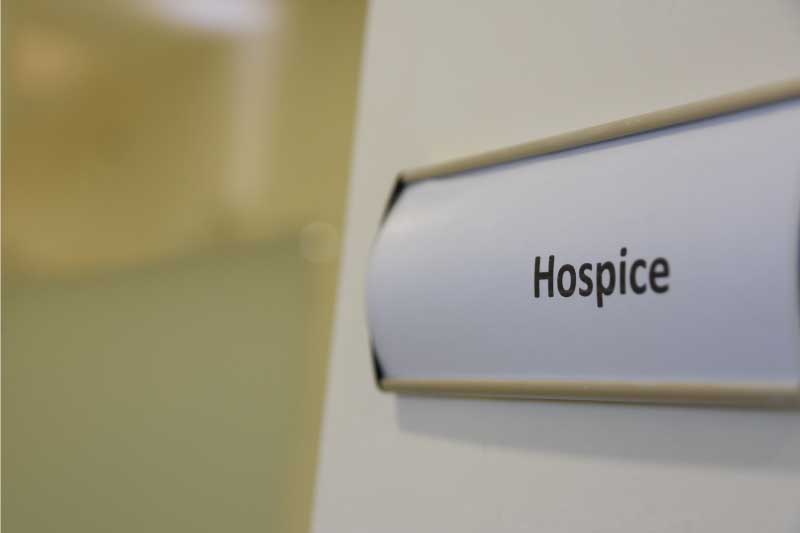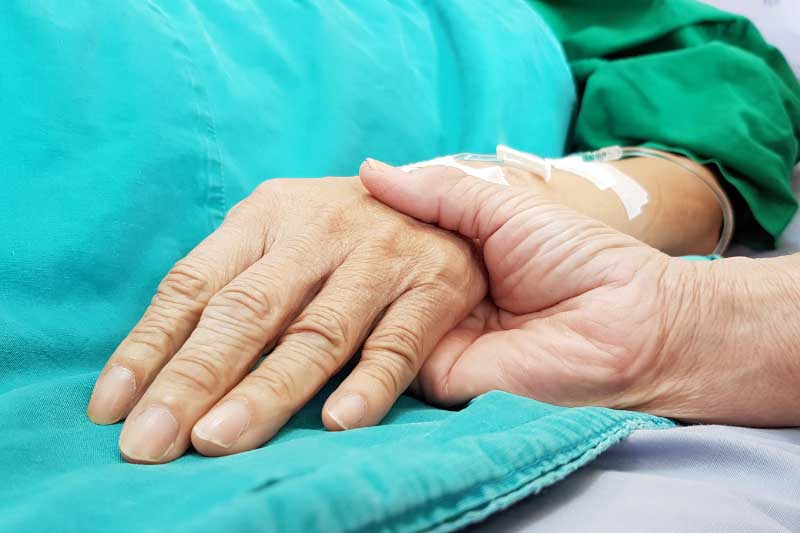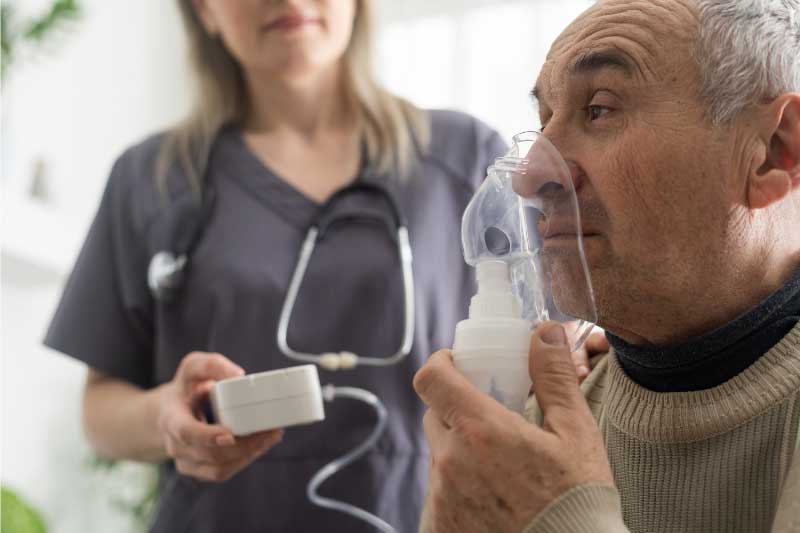Discover cases where patients recover from hospice care and learn how hospice supports their transition back to active treatment or improved health.
When most people hear “hospice,” they often associate it with end-of-life care. The term can feel heavy, sparking questions, emotions, and even uncertainty. But does entering hospice necessarily mean the end? Is recovery a possibility? These are deeply personal questions that many individuals and families wrestle with.
This blog explores what hospice care entails, addressing the misconception that “hospice” equates to “giving up.” We’ll also discuss scenarios where individuals leave hospice care and the concept of recovery in this context.
What Is Hospice Care?
Before unpacking the idea of recovery, it’s important to understand hospice care and what it isn’t. Hospice care is specialized support for individuals facing a terminal illness, typically when a prognosis indicates six months or less to live if the illness follows its natural course. It’s designed to provide comfort, dignity, and quality of life—not to “cure” the illness.
Goals of Hospice Care:
- Symptom Relief: Managing pain, nausea, breathlessness, and other distressing symptoms.
- Holistic Support: Offering emotional, spiritual, and psychological care for patients and their families.
- Enhanced Quality of Life: Allowing individuals to live as fully and comfortably as possible, often in their homes or a hospice facility.
Hospice care is provided by a team of professional caregivers, including doctors, nurses, social workers, and chaplains. The focus shifts from curative treatments to palliative care, prioritizing comfort over aggressive interventions.
Recover from Hospice Care Insights and Possibilities
Learn if people can recover from hospice care. Explore real-life cases, expert insights, and what it means for patients and families. Contrary to popular belief, entering hospice care is not always the end of the road. While hospice is typically viewed as the final phase of care, some individuals stabilize or improve to the point where they can leave hospice, a phenomenon often referred to as “graduating from hospice.”
Reasons for Discharging from Hospice:
- Improvement in Health: Some patients experience unexpected improvements in their condition. For example:
- Symptoms that were initially disabling may resolve due to effective palliative care.
- The progression of the illness may halt or slow down, potentially extending life beyond the six-month prognosis.
- Some patients even recover to the point where they no longer meet hospice criteria.
- Misdiagnosis or Change in Prognosis: Sometimes, a diagnosis may change or prove inaccurate, altering the patient’s trajectory. For example, conditions initially considered terminal may stabilize with supportive interventions.
- Personal Choice: Patients (or their families) may transition back to curative treatments or discontinue hospice care for other reasons.
It’s crucial to note that leaving hospice care doesn’t always indicate complete recovery. However, it does show that with the appropriate care and support, health can stabilize enough to shift away from hospice assistance.
Stories of Hope and Recovery
Though less common, there are inspiring cases of patients recovering or improving significantly while in hospice care:
- Reversible Conditions: Some terminal diagnoses may stem from reversible conditions. For example, severe dehydration, infections, or medication side effects can mimic terminal decline. When treated, patients may experience a remarkable turnaround.
- Support and Stabilization: Hospice emphasizes holistic care, providing much-needed physical and emotional stability. For some, this level of care can lead to unexpected improvements.
- Spontaneous Recovery: While rare, there are documented cases of spontaneous remissions in patients with terminal illnesses, such as cancer. Medical professionals often describe these instances as “medically unexplained.”
These examples highlight that the human body and spirit remain unpredictable, even in the face of terminal illness.
What Happens After Leaving Hospice Care?
When patients improve and are discharged from hospice, they generally transition to another form of care, such as:
Palliative Care:
Some individuals continue with palliative care services. While similar to hospice, palliative care can accompany curative treatments and is not limited to terminal diagnoses.
Routine Medical Care:
Others return to their previous doctors or specialists for routine medical care, including ongoing monitoring and treatment adjustments.
Personal Care Plans:
Patients and families often collaborate to create tailored care plans that support overall well-being and address physical, emotional, and spiritual needs.
Regardless of what comes next, graduating from hospice often provides a renewed hope and a chance to make precious new memories.
The Role of Hospice in a Broader Context
It’s important to recognize that hospice care’s purpose is much more than the end of life. Hospice supports humanity’s most vulnerable moments, prioritizing compassion, dignity, and individualized care.
Even if full recovery isn’t possible, hospice can:
- Enhance Quality of Life: Patients often feel more comfortable and cared for after entering hospice.
- Provide Family Support: Hospice extends its services to include emotional and practical guidance for loved ones.
- Create Meaning: Hospice care allows individuals to focus on what matters most in their remaining time, such as connecting with family, engaging in meaningful activities, or achieving a sense of closure.
How Should Families Approach Hospice Decisions?
If you’re considering hospice care for yourself or a loved one, you’re not alone. The decision can feel overwhelming, but it’s important to remember that entering hospice doesn’t mean abandoning hope.
When approaching this decision:
- Ask Questions: Speak openly with hospice staff about what to expect and how they’ll support your unique needs.
- Focus on Quality of Life: Hospice is about comfort, not giving up. Discuss how hospice can help manage symptoms and maintain dignity.
- Plan for Flexibility: Remember that hospice is adaptable. If health improves, care plans can change.
Finding Hope in Unexpected Places
While hospice care is typically associated with the final stages of life, there are instances where individuals recover or stabilize, underscoring the unpredictability of life. However, even when recovery isn’t part of the picture, hospice offers invaluable support, transforming what might feel like a grim situation into one full of meaning and comfort.
If you’re navigating this path, know that you’re not alone. Contact hospice providers, counselors, or community support groups for encouragement and resources tailored to your situation.








